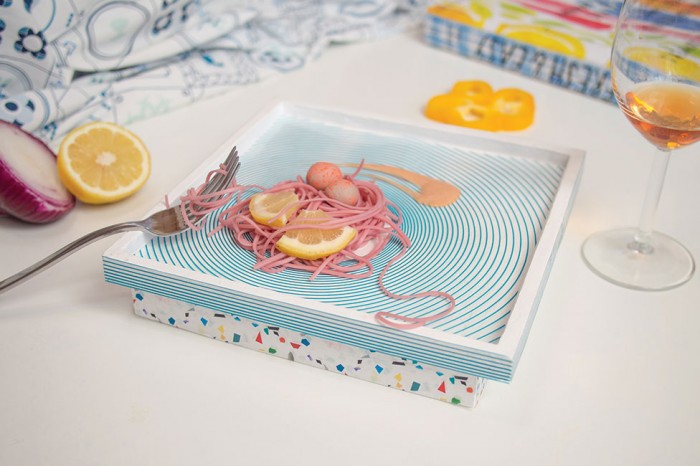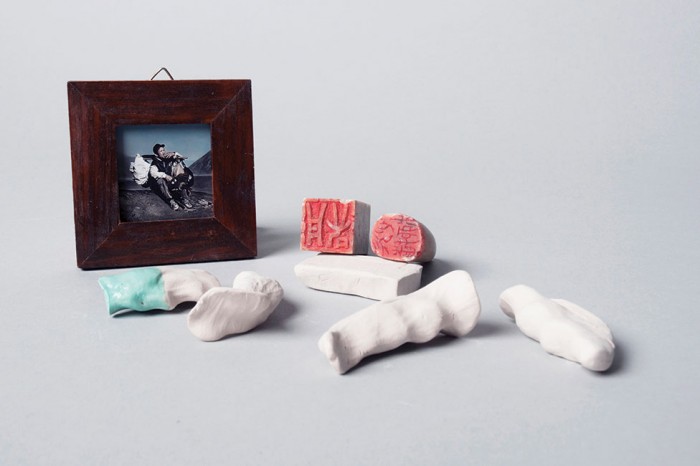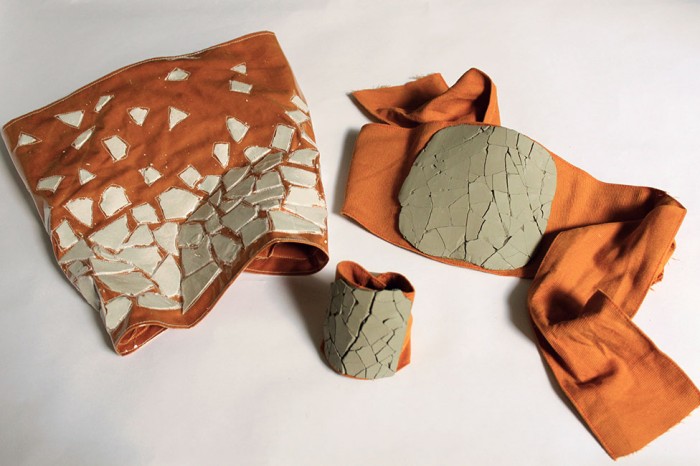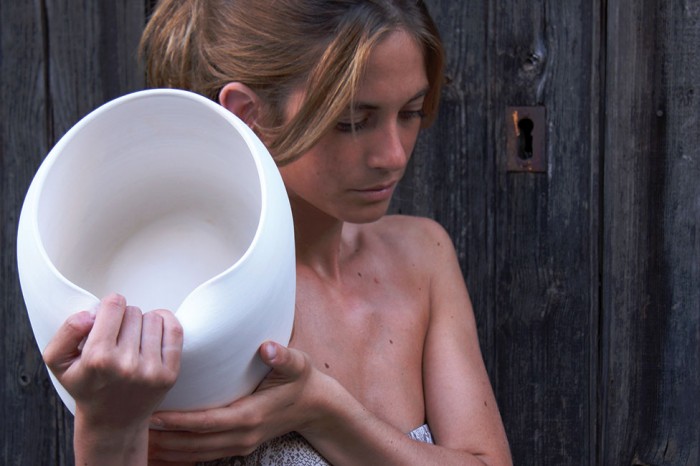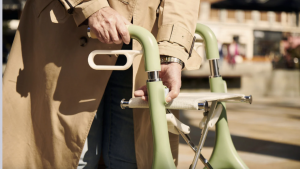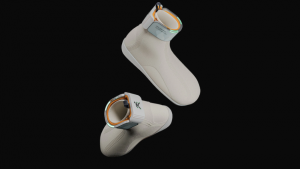Students from four European design schools are mapping out new terrain in the field of ceramics in an exhibition called Ceramic Futures at the CERSAIE expo of ceramic tiles and sanitaryware in Bologna, Italy. Here we select a few standout pieces that fascinate us not for how they expand the field technically or explore material applications, but for their human-centric nature. These four pieces all reflect on how this very tactile medium emphasises the body and emotions.
Ceramic Futures, now in its second edition, charged students from the Academy of Fine Arts in Bologna, Barcelona School of Design and Engineering, École nationale supérieure des Arts Décoratifs (EnsAD) and Politecnico di Milano to think about what ceramics could become. The students collaborated and exchanged ideas using social media tools over a two-month period and the most popular pieces were selected for the exhibition.
Curated by Italian designer and educator Stefano Mirti, the project was intended as a “playful exercise” to encourage debate, interaction and constructive competition among the students.
The students produced work in four categories: "To Eat", "To Love", "To Sleep" and "To Walk". The results are on show until 26 September 2014.
We select our favourite in each of the four categories:

